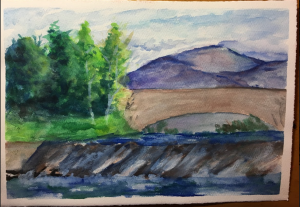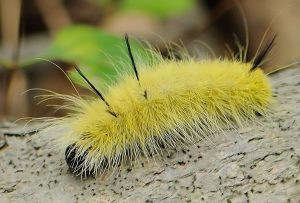In the chapter “Ravens” of Terry Williams’ Refuge, the titular bird serves as a metaphor for the impending loss of Willams’ mother. Ravens have long been a symbol of loss and bad omens due to their black plumage and haunting caw. They also can serve as a bridge between the material world and the world of the dead.
Williams explores this association between life and death in this chapter, with the ravens serving as a metaphor for this association. She describes the Saltair boardwalk, which had been burned down, leaving only burnt posts behind that resembled ravens. Being the only remnant left of Saltair, they serve as the “spirit” of the deceased boardwalk in a sense. There is very little left of the pier, which could not be rebuilt after it’s closure and burning, which ties into Williams’ mother, who cannot be rebuilt either and will eventually die from her cancer. It serves as a metaphor for the loss Williams knows is coming, with the ravens serving the purpose of reminding her of this, as a memento mori.
The color black, which ties into the black plumage of the raven that gives it its poor reputation, also plays a prominent role in the chapter. Black is a color associated with death and funerals. The chapter starts with the preparation for Williams’ mother’s chemotherapy, which offers a low chance of survival, beginning with black dots on her stomach. Her mother also is mentioned to have wrapped her husband’s presents in black for one of his birthdays as a joke that he was becoming old and approaching the end of his life. As it is specifically mentioned that William’s mother is older than her husband, it is also a way of saying she is approaching the end of her life as well. And later on in the chapter, the film zombies are described with dark eyes and black clothes. In this particular instance they serve as the raven, being a bridge between the world of the living and the dead.
Williams’ ends the chapter with the statement that “there are ghosts at the Great Salt Lake”, tying together the metaphor of the bridge between life and death. At this point, Williams’ is faced with the fragility of that divide, as she had believed her mother to have gotten better only for it to be revealed that she was still sick. She is aware that her mother will most likely die soon, although she doesn’t want to believe it. The symbolism of the raven in the chapter serves as a representation of this. Williams’ mother is crossing the bridge to the world of the dead and Williams’ is faced with the reality of that.


